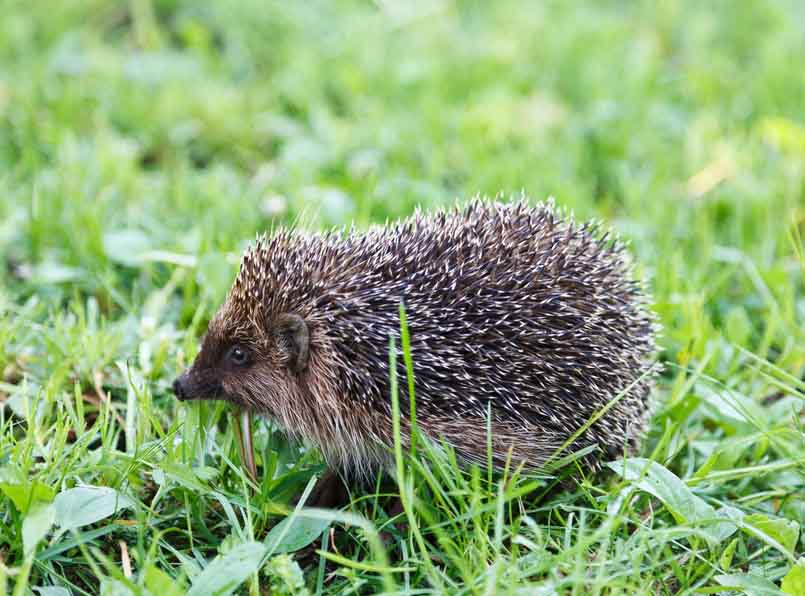A garden is not just a collection of plants it is a microcosm of life’s intricate tapestry. As you step into your garden, you are greeted by an array of colors, textures, and fragrances that awaken the senses. However, what truly adds to the enchantment of a garden is the bustling community of animals that call it home. From delicate butterflies to industrious bees, the diversity of creatures that inhabit your garden is a testament to nature’s creativity. One of the most captivating sights in any garden is the presence of butterflies. These ephemeral creatures, with their intricate patterns and vibrant hues, are like living works of art fluttering through the air. The sight of a butterfly gently landing on a flower and sipping nectar with its slender proboscis is a reminder of the delicate balance that exists between pollinators and plants. Beyond their aesthetic appeal, butterflies play a crucial role in pollination, ensuring the reproduction of many plant species. Another group of essential garden inhabitants is bees.
 These small, industrious insects are responsible for the pollination of a significant portion of the world’s food crops. As they zip from flower to flower, collecting pollen and nectar, they facilitate the transfer of genetic material that allows plants to produce fruits and seeds. Bees come in various species, each adapted to different types of flowers and environments. Bumblebees, with their large bodies and fuzzy appearance, are particularly efficient at pollinating certain crops. Honeybees, on the other hand, are known for their complex social structures and their role in producing honey, which has been treasured by humans for millennia. The symphony of life in your garden does not end with insects it extends to the avian world as well. Birds are not only a joy to watch as they flit and sing among the branches, but they also contribute to pest control and seed dispersal. Some birds, like the colorful and acrobatic hummingbirds, are specialized pollinators, relying on nectar as their primary food source. These tiny birds hover in front of flowers, using their long beaks to extract nectar while inadvertently transferring pollen in the process and find more info here.
These small, industrious insects are responsible for the pollination of a significant portion of the world’s food crops. As they zip from flower to flower, collecting pollen and nectar, they facilitate the transfer of genetic material that allows plants to produce fruits and seeds. Bees come in various species, each adapted to different types of flowers and environments. Bumblebees, with their large bodies and fuzzy appearance, are particularly efficient at pollinating certain crops. Honeybees, on the other hand, are known for their complex social structures and their role in producing honey, which has been treasured by humans for millennia. The symphony of life in your garden does not end with insects it extends to the avian world as well. Birds are not only a joy to watch as they flit and sing among the branches, but they also contribute to pest control and seed dispersal. Some birds, like the colorful and acrobatic hummingbirds, are specialized pollinators, relying on nectar as their primary food source. These tiny birds hover in front of flowers, using their long beaks to extract nectar while inadvertently transferring pollen in the process and find more info here.
Gardens are also home to an assortment of small mammals, from squirrels that scamper along fences to hedgehogs that emerge in the twilight hours. While some of these creatures might occasionally nibble on your plants, they also play their part in maintaining the ecosystem’s balance. For instance, hedgehogs are known to consume insects and slugs, acting as natural pest controllers. As you wander through your garden, you might also encounter the occasional reptile or amphibian. Frogs, toads, and lizards might find refuge among the vegetation, contributing to the overall biodiversity of the space. These creatures help control insect populations and serve as indicators of the garden’s health, as their presence reflects the quality of the ecosystem. In the grand tapestry of life, a garden stands as a microcosm where various species coexist and interact in delicate harmony. Each animal, whether a fluttering butterfly or a buzzing bee, contributes to the intricate web of relationships that sustains life on our planet. As gardeners, we have the privilege of witnessing this diversity up close and nurturing an environment where creatures of all kinds can thrive.
